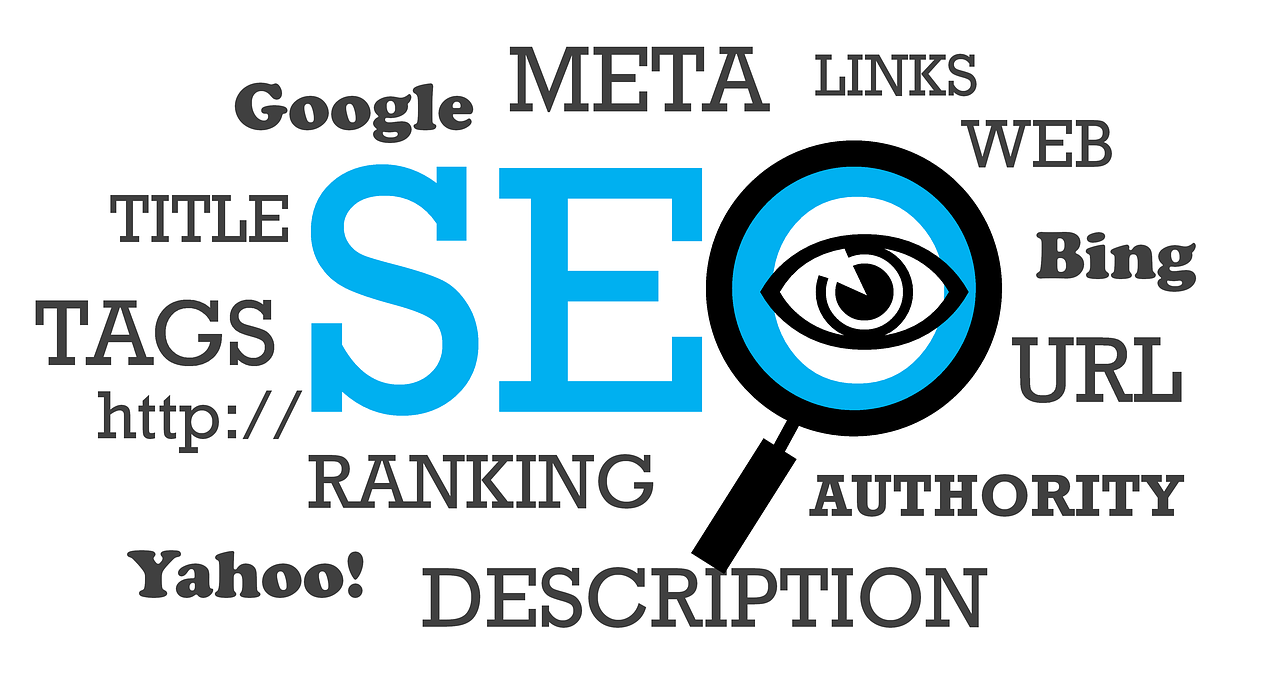
In the current digital environment, it is essential for both businesses and individuals to cultivate a robust online presence. Regardless of whether you operate a personal blog, an e-commerce platform, or a large multinational enterprise, search engine optimization (SEO) plays a pivotal role in achieving online visibility. SEO encompasses both the art and science of improving a website’s prominence on search engines such as Google, Bing, and Yahoo. This detailed guide will delve into the fundamental aspects of SEO, its advantages, and practical strategies designed to enhance your rankings and draw in increased organic traffic.
What is SEO?
Search Engine Optimization, commonly referred to as SEO, is a strategic process designed to enhance a website’s visibility in organic search engine results, which are not paid for. When individuals seek information, products, or services online, search engines generate a list of results deemed most pertinent. The ranking of these results is influenced by multiple factors, and SEO assists in refining your website to align with these criteria, thus improving the likelihood of achieving a prominent position on search engine results pages (SERPs).
Why is SEO Important?
1. Enhanced Visibility and Traffic:
Search Engine Optimization (SEO) elevates your website’s position in search engine results, leading to greater visibility. A superior ranking results in an increase in clicks and visits from prospective customers.
2. Cost-Effective Marketing Strategy:
In contrast to paid advertising, SEO emphasizes attracting organic traffic, eliminating the need to pay for each click or impression. Once your website achieves a favorable ranking, it can consistently draw traffic without incurring ongoing expenses.
3. Establishes Credibility and Trust:
Websites that rank highly in search results are frequently viewed as more credible and reliable. Users generally place their trust in search engines, and appearing among the top results can significantly bolster your brand’s reputation.
4. Enhances User Experience:
Effective SEO entails optimizing your website’s architecture, loading speed, and mobile compatibility, which contributes to an improved user experience. A website that is user-friendly keeps visitors engaged and minimizes bounce rates.
Core Components of SEO
To successfully enhance your website’s performance, it is vital to grasp the fundamental elements of SEO:
On-Page SEO:
On-page SEO pertains to the optimization of individual pages on your website to achieve higher rankings in search engine results. This process encompasses the refinement of your content, headers, meta descriptions, and images. The strategic use of keywords is essential in on-page SEO. It is important to conduct thorough keyword research and seamlessly integrate relevant keywords into your content, avoiding the practice of keyword stuffing.
Guidelines for On-Page SEO:
Incorporate relevant keywords into your title tag, meta description, and throughout your content.
Ensure your URLs are concise and descriptive.
Utilize header tags (H1, H2, H3) to organize your content effectively.
Include both internal and external links to enhance value and context.
Optimize images with alt text to improve accessibility and search visibility.
Off-Page SEO:
Off-page SEO emphasizes actions taken outside of your website that can enhance your rankings. The primary objective is to cultivate high-quality backlinks. When authoritative websites link to your content, it indicates to search engines that your site is trustworthy and valuable.
Guidelines for Off-Page SEO:
Participate in guest blogging to acquire high-quality backlinks.
Foster relationships with influencers and bloggers within your industry.
Leverage social media platforms to promote your content and increase traffic.
Engage in discussions on forums and provide answers on platforms such as Quora.
Technical SEO:
Technical SEO focuses on optimizing the backend of your website to facilitate easier crawling and indexing by search engines. This includes enhancing site speed, ensuring mobile compatibility, and establishing secure connections (HTTPS).
Guidelines for Technical SEO:
Ensure your website loads swiftly (ideally within 3 seconds).
Optimize for mobile devices through responsive design.
Implement an XML sitemap to assist search engines in understanding your site’s structure.
Resolve broken links and issues related to duplicate content.
Utilize structured data (schema markup) to improve search result visibility.
Local SEO:
Local SEO is essential for businesses that serve specific geographic regions. By optimizing for local search, you can enhance your visibility within your target market.
How to Develop an Effective SEO Strategy
Developing a robust SEO strategy necessitates meticulous planning and ongoing dedication. Below is a structured approach to formulating an effective strategy:
1. Perform Keyword Research:
Utilize tools such as Google Keyword Planner, SEMrush, or Ahrefs to identify keywords pertinent to your industry. Emphasize long-tail keywords, which tend to be more specific and face less competition.
2. Produce High-Quality Content:
Content remains paramount in the realm of SEO. Search engines favor websites that offer valuable, relevant, and current content. Aim to create detailed guides, tutorials, or blog entries that address users’ inquiries. For example, if you seek ideas on optimizing your content, consider exploring the resources available on Navas Muhammed’s website for practical illustrations of effective digital marketing strategies.
3. Optimize On-Page Elements of Your Website:
Ensure that your titles, meta descriptions, and headers are tailored to your target keywords. Additionally, confirm that your website is easy to navigate and user-friendly.
4. Establish a Strong Backlink Profile:
Backlinks are critical ranking factors. Reach out to reputable websites for guest posting opportunities or develop content that is inherently link-worthy to attract natural backlinks.
5. Monitor Your Performance:
Employ tools such as Google Analytics and Google Search Console to assess your website’s performance. Regularly review your rankings, organic traffic, and bounce rates to pinpoint areas needing enhancement.
6. Keep Abreast of SEO Trends:
SEO is a dynamic field, and strategies that were effective a few months ago may no longer yield results. Stay informed about the latest algorithm updates and SEO best practices by following credible SEO blogs and forums.
Common SEO Mistakes to Avoid
1. Keyword Overuse: Excessive use of keywords in an effort to improve search rankings may result in penalties. Prioritize creating content for human readers before considering search engine optimization.
2. Disregarding Mobile Optimization: Given that over half of all internet traffic originates from mobile devices, failing to optimize your website for mobile users can adversely affect your search rankings.
3. Utilizing Poor-Quality Backlinks: Not all backlinks hold the same value. Links from dubious or irrelevant websites can negatively impact your SEO strategy. Aim to obtain links from credible and pertinent sources.
4. Overlooking Content Refresh: Search engines tend to favor fresh and updated content. Regularly revise your blog posts, product descriptions, and other materials to maintain their relevance.
Conclusion
Search engine optimization should be viewed as an ongoing endeavor rather than a singular task. It demands consistent time, effort, and commitment. By adopting a comprehensive SEO strategy, you can enhance your website’s visibility, increase organic traffic, and ultimately fulfill your business objectives. For expert assistance in refining your digital marketing strategies, it is advisable to consult professionals specializing in SEO, such as Navas Muhammed, to fully realize your website’s potential.
By comprehending and utilizing the potential of SEO, you can convert your website into an effective marketing instrument that draws in visitors, converts prospects, and fosters growth. Begin your optimization efforts today, and observe your online presence elevate to unprecedented levels.
Read More:
Top 10 Emerging Digital Marketing Trends In Kerala For 2024
Rise of Digital Marketing in Malappuram: Why Businesses Need It





2 Comments
your code of destiny
April 13, 2025I’m extremely inspired with your writing skills as well as with the structure to your blog. Is that this a paid theme or did you modify it your self? Anyway stay up the nice high quality writing, it is rare to look a great weblog like this one nowadays!
muppu
June 14, 2025Pretty! This has been a really wonderful post. Many thanks for providing these details.